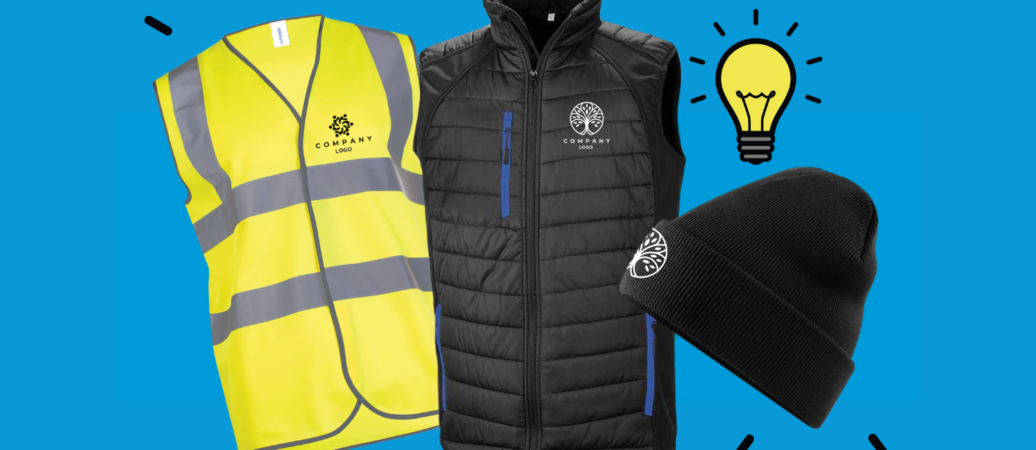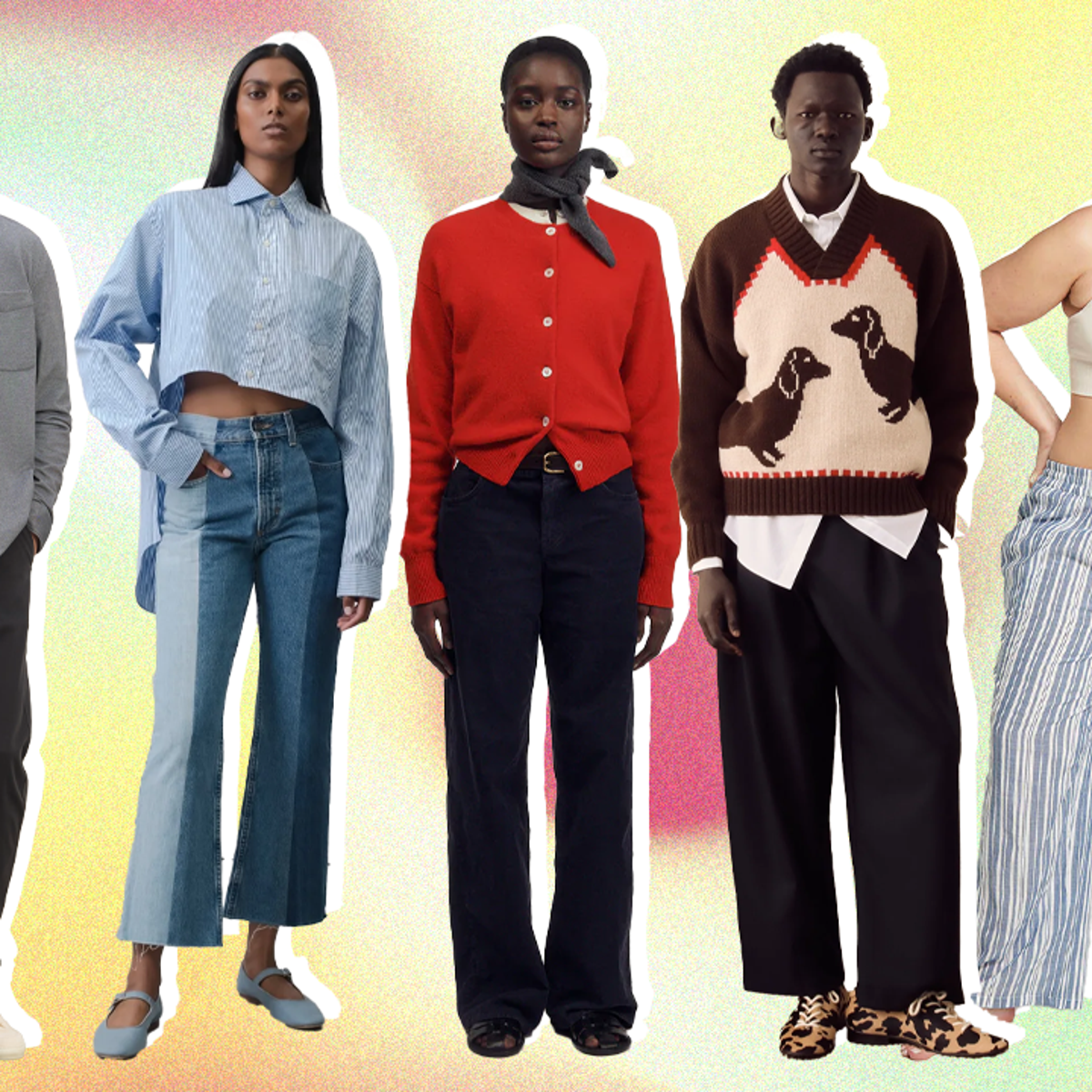Branded Clothing Care: Fabric Types and Washing Tips You Need
Branded Clothing Care: Fabric Types and Washing Tips You Need
Blog Article
The Value of Lasting Clothing: Exactly How It Impacts the Environment and Your Storage room
Lasting clothes is significantly recognized for its important duty in decreasing the environmental impact of the rapid fashion market. By concentrating on environment-friendly materials and ethical production approaches, it attends to pressing environmental worries. This shift not only profits the planet yet likewise influences customer choices, bring about a more thoughtful approach to wardrobe management. Understanding these dynamics increases vital inquiries regarding style's future and individual duty fit it.
The Environmental Impact of Fast Style

Benefits of Sustainable Products
Lasting products use considerable benefits, specifically via eco-friendly textile selections that decrease ecological injury. These materials likewise demonstrate durability and durability, minimizing the requirement for constant substitutes. Consequently, they add to a much more sustainable apparel industry and promote liable customer behavior.
Eco-Friendly Textile Choices
While the apparel industry has actually long been connected with quick patterns and environmental harm, the surge of environmentally friendly fabric options offers a transformative opportunity. Sustainable materials such as organic cotton, hemp, and Tencel have acquired appeal because of their reduced eco-friendly impact. These materials are usually produced without damaging chemicals and require much less water, minimizing their carbon impact - Branded Clothing. Furthermore, numerous environmentally friendly materials are biodegradable, adding to a circular economic climate by decreasing waste. Choosing lasting materials not only sustains eco liable techniques yet likewise promotes much healthier communities. As customers become more familiar with their purchasing power, the need for green materials motivates brand names to innovate and take on even more sustainable manufacturing techniques, ultimately profiting the planet and future generations
Sturdiness and Longevity Advantages
Several customers are significantly recognizing the durability and durability benefits of lasting products in their clothing options. Unlike conventional textiles, lasting products such as organic cotton, hemp, and recycled polyester are engineered to withstand deterioration, resulting in garments that last longer. This decreased regularity of replacement not just conserves customers money gradually however also reduces waste created by rapid fashion. Additionally, lasting apparel commonly employs green manufacturing techniques that enhance material strength, adding to a reduction in the total carbon footprint. By purchasing durable garments, consumers can grow a much more sustainable wardrobe while appreciating high-grade items that maintain their aesthetic and functionality with time. As a result, durability and long life stand as crucial advantages of selecting sustainable materials.
Reducing Waste With Lasting Practices
Lowering waste in the fashion business can be achieved through cutting-edge methods such as upcycling and repurposing products. Furthermore, adopting minimalist closet methods encourages consumers to focus on top quality over amount, ultimately lowering clothes intake. With each other, these approaches add greatly to a much more lasting garments version.
Upcycling and Repurposing Materials
Upcycling and repurposing products have actually emerged as cutting-edge methods in the garment industry, transforming thrown out fabrics into beneficial new items. This method not just lessens waste however likewise encourages imagination and originality in garments layout. By taking old garments and materials, developers can create one-of-a-kind pieces that mirror personal style while minimizing the need for brand-new resources. In addition, upcycling commonly needs much less power and water contrasted to traditional production processes, substantially lowering the ecological impact of fashion. As customers end up being a lot more conscious of sustainability, the appeal of upcycled apparel remains to climb, promoting a circular economy. Inevitably, these techniques add to an extra sustainable future, where style prioritizes environmental health over quick manufacturing and usage.

Minimal Closet Strategies
As people significantly seek to minimize their ecological influence, taking on minimalist wardrobe strategies has acquired traction as an efficient technique to sustainable fashion. These strategies emphasize top quality over quantity, motivating customers to curate a smaller collection of versatile, durable clothes. By concentrating on classic items that can be mixed and matched, people can reduce the regularity of purchases and eventually decrease waste.Additionally, minimalism promotes mindful usage, advising shoppers to assess the honest and ecological implications of their choices. This strategy not just fosters a much more lasting lifestyle however also simplifies daily decision-making concerning attire. As individuals welcome minimal concepts, they add to a fashion society that values sustainability and responsible consumerism, eventually causing a much more eco-conscious culture.
The Function of Moral Labor in Lasting Fashion
While many consumers are significantly aware of the ecological consequences of their garments selections, the importance of moral labor methods in sustainable fashion can not be forgotten. Moral labor incorporates reasonable salaries, safe working conditions, and regard for workers' civil liberties, developing the backbone of accountable style manufacturing. Brands that focus on moral labor not only boost neighborhoods however likewise set a requirement for responsibility in the industry.Moreover, the integration of honest methods promotes transparency, making it possible for customers to make informed selections regarding their acquisitions. This method contrasts greatly with quick fashion's unscrupulous labor models, which commonly focus on earnings over people. By sustaining firms dedicated to ethical labor, consumers add to a system that values human self-respect along with ecological sustainability. As a result, moral labor is not merely an add-on; it is important to the more comprehensive mission of sustainable fashion, making certain that the quest for eco-friendliness does not come at the expense of civils rights.
The Effect of Sustainable Garments on Carbon Emissions
Lasting apparel has the potential to considerably reduce carbon exhausts linked with the garment industry. Typical garment production contributes significantly to greenhouse gas emissions, mostly due to energy-intensive manufacturing processes and using non-renewable sources. In comparison, sustainable fashion concentrates on environment-friendly materials, such as organic cotton or recycled fibers, which frequently call for less energy to produce.Moreover, lasting brands tend to embrace extra effective manufacturing methods, minimizing waste and try this site reducing total exhausts. By focusing on toughness and timeless style, sustainable apparel encourages customers to purchase less frequently, more lowering the carbon impact connected with overconsumption.Additionally, many sustainable brand names are committed to openness in their supply chains, enabling customers to make informed options that line up with their worths. Ultimately, changing towards sustainable clothing can bring about a considerable reduction in carbon exhausts, adding to a healthier earth and a more sustainable future for the fashion industry.
Sustaining Regional Economic Climates With Lasting Options
The change toward sustainable clothing not only addresses ecological concerns but also considerably advantages neighborhood economic climates. By choosing lasting style, consumers often sustain neighborhood artisans and little services, enhancing area strength. These enterprises normally operate on a smaller sized range, prioritizing craftsmanship and ethical techniques over mass production.Investing in locally made sustainable clothes fosters task development and promotes financial development within neighborhoods. As customers come to be more knowledgeable about the environmental effect of their purchases, they significantly look for products that reflect their values. This need urges local makers to embrace lasting techniques, adding to a circular economy.Moreover, sustaining local companies minimizes transport exhausts, straightening with eco-conscious customer actions. The interconnectedness of sustainable clothing and neighborhood economic situations emphasizes the important role that private options play in promoting both environmental and economic health. By promoting these local connections, neighborhoods can grow while likewise functioning towards a much more sustainable future.
Changing Your Closet: Tips for a Lasting Wardrobe
As people look for to decrease their environmental influence, changing a wardrobe into a sustainable wardrobe becomes an essential step. One effective strategy is to review existing clothes, maintaining only products that are used frequently which line up with sustainability objectives. Prioritizing high quality over amount is essential; investing in sturdy pieces from environment-friendly brand names can substantially lower waste.Additionally, integrating used products can breathe new life into a closet while reducing environmental damages. Organizing clothing swaps with buddies or donating extra things can even more advertise sustainability.When purchasing, individuals need Resources to seek products that are organic, recycled, or biodegradable, and avoid rapid style merchants - Branded Clothing. Ultimately, exercising mindful intake by attentively thinking about each purchase can contribute to a more sustainable way of living. By executing these suggestions, one can develop a wardrobe that shows personal design while supporting environmental stewardship
Regularly Asked Questions
Exactly How Can I Determine Lasting Garments Brands?
To identify sustainable apparel brands, one need to investigate materials made use of, look for accreditations like Fair Trade, and examine the brand name's openness regarding their manufacturing processes, labor practices, and environmental impact, guaranteeing honest and environmentally friendly practices are focused on.
What Are the Costs Related To Sustainable Fashion?
The costs connected with sustainable fashion can differ considerably. Higher production costs, ethical sourcing, and environmentally friendly materials typically result in raised list prices, which may deter some customers while attracting eco aware shoppers.
Can Sustainable Clothing Be Fashionable and fashionable?
Lasting clothing can without a doubt be fashionable and fashionable. Designers progressively prioritize cutting-edge materials and ethical production methods, proving that fashion and sustainability can coexist. Consumers currently have diverse choices that mix appearances with ecological consciousness.
Exactly How Does Washing Clothes Affect Their Sustainability?
Washing garments substantially effects sustainability by consuming water and energy, contributing to pollution, and causing microplastic release. Constant cleaning can her latest blog deteriorate fabrics, reducing their lifespan and raising the need for replacements, inevitably intensifying ecological problems.
What Is the Lifespan of Sustainable Clothing Contrasted to Quick Fashion?
The life-span of lasting apparel typically goes beyond that of quick fashion products, commonly enduring several years because of top quality products and workmanship. In contrast, quick style garments might deteriorate rapidly, necessitating even more regular replacements. Sustainable apparel is increasingly acknowledged for its critical duty in minimizing the ecological effect of the rapid style industry. While many consumers are significantly aware of the ecological effects of their clothes options, the significance of ethical labor practices in lasting style can not be overlooked. Branded Clothing. Sustainable clothing has the prospective to considerably reduce carbon exhausts connected with the style industry. In comparison, sustainable fashion concentrates on eco-friendly materials, such as natural cotton or recycled fibers, which often require much less energy to produce.Moreover, sustainable brand names tend to take on extra reliable manufacturing practices, decreasing waste and decreasing total emissions. By focusing on sturdiness and classic layout, sustainable clothing encourages customers to acquire less frequently, further lowering the carbon impact linked with overconsumption.Additionally, numerous lasting brand names are committed to transparency in their supply chains, enabling consumers to make educated selections that align with their worths
Report this page